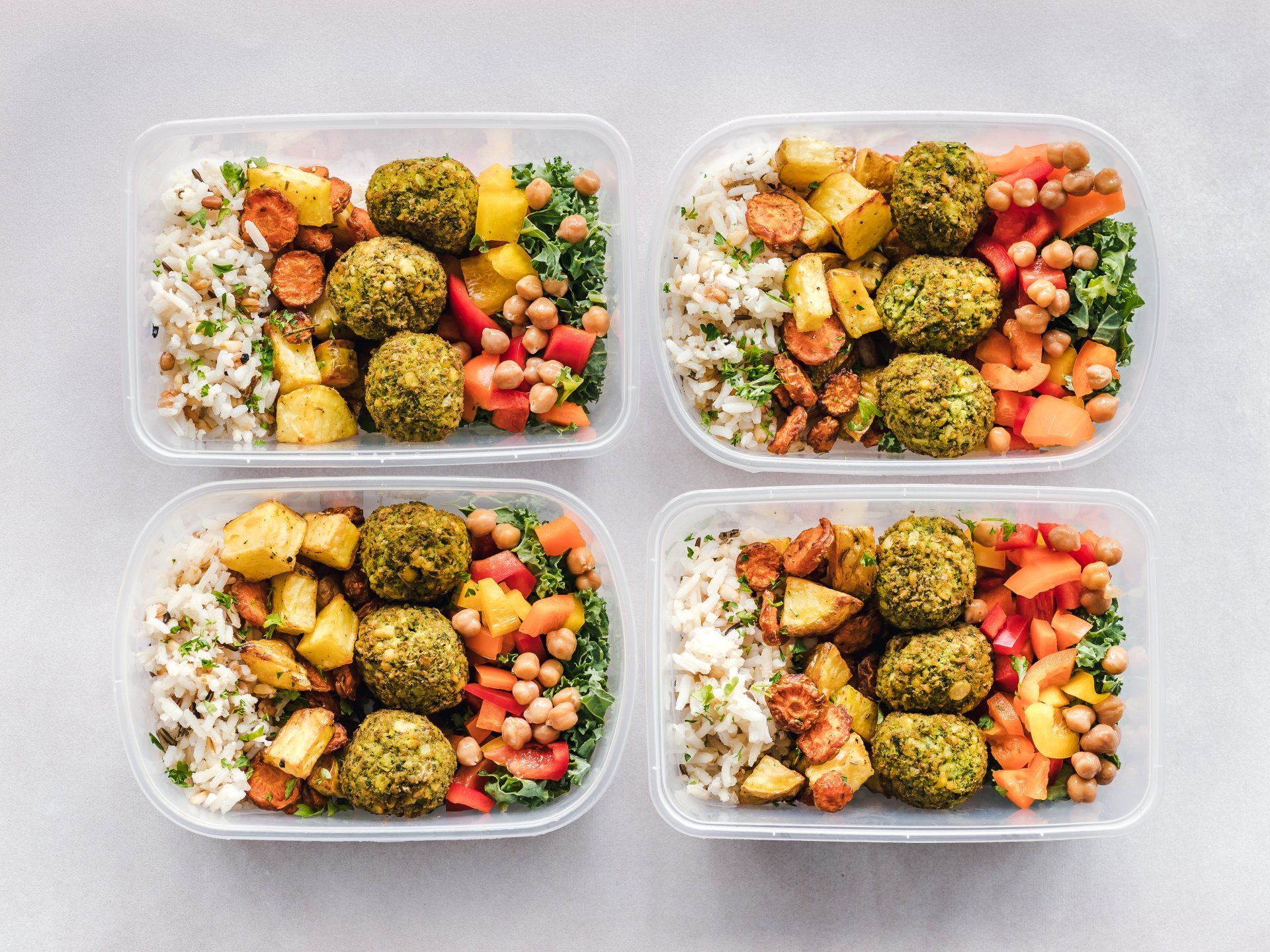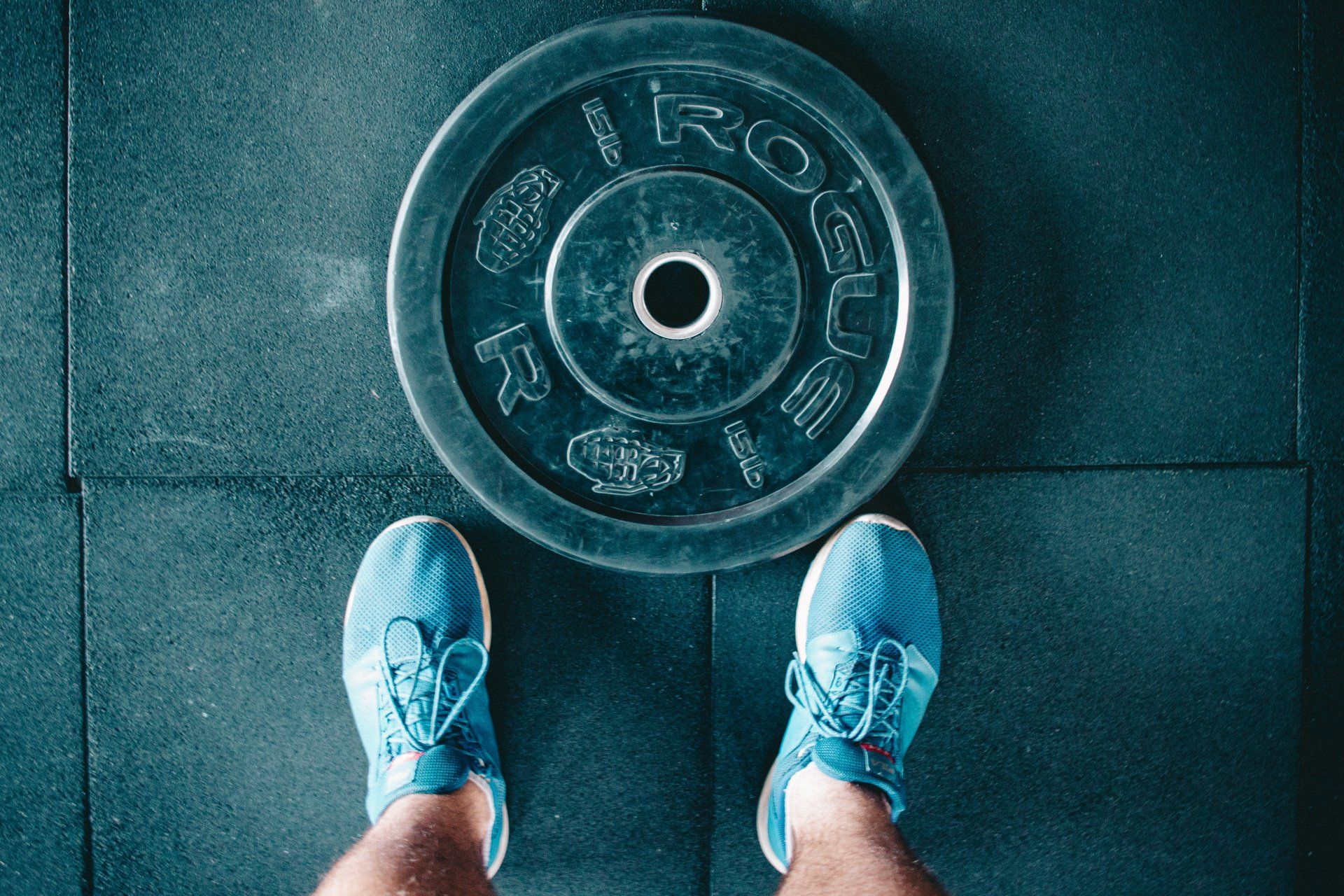A Guide to Safe use of Nutritional Supplements
A well-balanced diet rich in essential nutrients is the foundation upon which athletic success is built. However, the harder an athlete trains, the greater the need for food and nutrients to enhance performance and support recovery. Managing nutrition solely through whole foods can sometimes be challenging due to time constraints or the sheer volume of food that certain athletes need to ingest to meet their requirements.
This is where supplements can play a role. Without a doubt, supplements offer a convenient way to quickly consume specific nutrients without the fullness that eating certain foods might entail. However, not all supplements are equal in quality. They may feature misleading claims, fake dosages, and, in some cases, could be contaminated with banned substances that could potentially end an athlete's career.
This blog post aims to provide guidance on why caution is essential in selecting supplements, who supplements are intended for, and how to ensure that the supplements chosen are safe for both personal use and one's athletic career.
Supplements and their Lack of Regulation
Foods found in supermarkets are subject to stringent regulations imposed by governing bodies such as the Ministry of Primary Industries to prevent misleading consumers with false claims and advertisements on packaging. For instance, a food product claiming to be "low in sodium" or "low in fat" must contain a specific amount of sodium or fat; otherwise, MPI wouldn't permit such labelling.
Unfortunately, supplements do not face such strict rules, allowing products like "fat burners" to display claims such as "helps burn fat" without substantiating their efficacy. Additionally, supplement companies can support their claims with self-published or funded research, introducing bias and rendering the results questionable.
This lack of regulation poses a particular concern for young athletes and individuals new to exercise, as they are more susceptible to being misled by such claims due to their limited experience in the field. Therefore, when selecting supplements, do not get baited by claims on the packaging; instead, look at dosages and ingredients. Conduct your own research and talk to professionals about whether ingredients actually align with your goals.
Supplements and Lack of Active Ingredient Testing
While we recommend scrutinising ingredient lists and dosages to make informed decisions about supplement use, this approach may fall short at times. Supplements can often contain less or none of the ingredients listed on their labels. Unlike medicines, supplements are not subject to the same rigorous testing regarding the accuracy of their ingredient dosages
Supplements and Contamination with Banned Substances
Supplement manufacturing facilities often produce multiple products simultaneously, heightening the risk of cross-contamination. Consequently, some facilities might produce medicines banned in a sports context, and machines used in supplement production might carry traces of these banned substances. While the dosages in supplements may not impact health or performance significantly, inadvertent ingestion of these substances during anti-doping testing could lead to positive results, putting athletes at risk of sanctions.
The consequences of unknowingly consuming contaminated supplements can be severe, ranging from tarnished reputations to competition suspensions. A 2016 Australian study found that 19% of the most purchased supplements in Australia were contaminated with banned substances.
After considering these issues, you might wonder if finding a trustworthy supplement is impossible. Fortunately, there are ways to determine if a supplement is worth purchasing.
How to Identify Legitimate Supplements
Having highlighted three major issues with supplements—lack of regulation on claims, uncertainty about ingredient dosages, and the presence of banned substances—it's crucial to explore solutions. Two key measures can address all these concerns.
The first step is to check if the supplement has undergone third-party batch testing. This testing ensures that the product contains the stated ingredients and amounts, is free of harmful contaminants or potential drug contaminants, and does not contain any undisclosed ingredients. Look for logos from the five main third-party batch testing companies on the product, along with a batch number that you can verify on the tester's website. The 5 main third party drug testing companies are HASTA, informed sport, BSCG, NSF certified sport and USP.
Once you've confirmed third-party batch testing, research the listed ingredients. Examine.com can be a really useful website to check the effectiveness of different ingredients
While supplements offer convenience, they can be a potential trap with dramatic consequences for athletes. To make informed decisions, consult with your nutritionist before purchasing any supplements.





